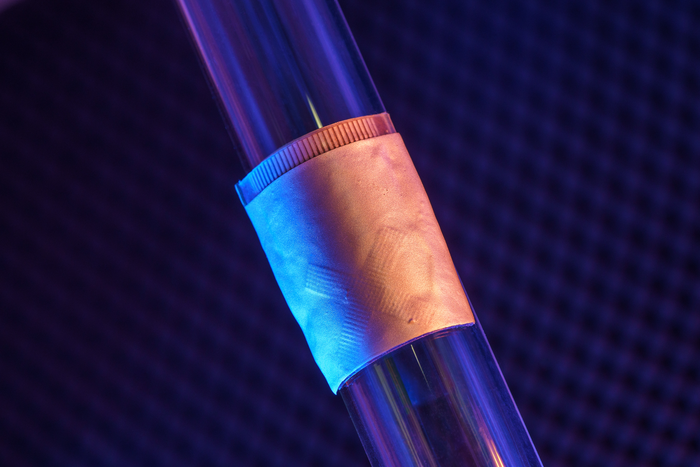Researchers in the US have developed a wearable ultrasound device that can assess the structure and function of the human heart.
The portable device, which is approximately the size of a postage stamp, can be worn for up to 24 hours and works even during strenuous exercise.
The aim is to make ultrasound more accessible to a larger population, said Sheng Xu, a professor of nanoengineering at the University of California San Diego, who is leading the project.
The researcher said:
“The increasing risk of heart diseases calls for more advanced and inclusive monitoring procedures.
“By providing patients and doctors with more thorough details, continuous and real-time cardiac image monitoring is poised to fundamentally optimise and reshape the paradigm of cardiac diagnoses.”
Custom AI algorithms enable the device to measure how much blood the heart is pumping.
This is important because failure of the heart to pump enough blood is at the root of most cardiovascular diseases.
Meanwhile, issues with heart function often manifest only when the body is in motion.
Mohan Li, a master’s student in the Xu group at UC San Diego, said:
“A deep learning model automatically segments the shape of the left ventricle from the continuous image recording, extracting its volume frame-by-frame and yielding waveforms to measure stroke volume, cardiac output and ejection fraction,”
In comparison, existing non-invasive methods have limited sampling capabilities and provide only limited data.
Xu now plans to commercialise this technology through Softsonics – a company spun off from UC San Diego that he cofounded with engineer Shu Xiang.
Hongjie Hu, a postdoctoral researcher in the Xu lab at UC San Diego, said:
“The heart undergoes all kinds of different pathologies. Cardiac imaging will disclose the true story underneath.
“Whether it be that a strong but normal contraction of heart chambers leads to the fluctuation of volumes, or that a cardiac morphological problem has occurred as an emergency, real-time image monitoring on the heart tells the whole picture in vivid detail and visual effect.”




